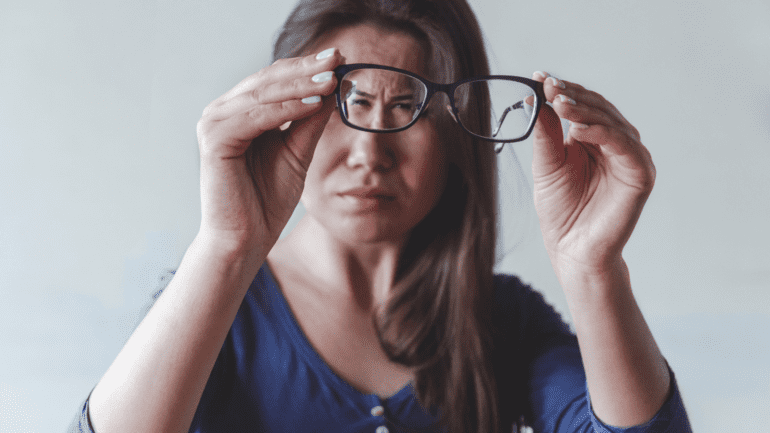TL;DR:
- Japanese researchers employ machine learning to predict visual impairment in high myopia patients.
- High myopia is a top cause of irreversible blindness, with a 50% risk of pathologic myopia.
- The logistic regression-based model excels at predicting 5-year visual impairment outcomes.
- Innovative nomogram visualization aids patient understanding and clinical decision-making.
- Addressing visual impairment can alleviate financial and physical burdens on affected individuals.
- Wider population evaluation is necessary, but machine learning shows great potential in public health.
Main AI News:
Japanese researchers have harnessed the power of machine learning to create groundbreaking predictive models aimed at combating visual impairment in individuals with high myopia, a condition ranking among the top three causes of irreversible blindness globally.
High myopia, characterized by extreme nearsightedness, grants individuals clear vision for objects up close but blurs their ability to focus on distant objects. While corrective measures like contacts, glasses, or surgery exist, high myopia poses more than just a mere inconvenience. Alarmingly, it elevates the risk of pathologic myopia by 50%, with complications from this condition standing as a principal cause of blindness.
Lead author Yining Wang, affiliated with Tokyo Medical and Dental University (TMDU), underscores the effectiveness of machine-learning algorithms in identifying myopia-related changes and complications. However, their pioneering study pursued a different avenue – evaluating these algorithms’ aptitude for long-term predictions.
To achieve this, the research team conducted a comprehensive cohort study, tracking the visual acuity of 967 Japanese patients over 3- and 5-year intervals. They meticulously compiled a dataset comprising 34 variables commonly acquired during ophthalmic examinations, encompassing factors such as age, current visual acuity, and corneal diameter. Subsequently, they rigorously assessed various machine-learning models, including random forests and support vector machines, with the logistic regression-based model emerging as the most proficient in predicting 5-year visual impairment outcomes.
Yet, prediction alone is merely a fraction of the equation. As senior author Kyoko Ohno-Matsui emphasizes, effective communication of model outputs holds paramount importance, ensuring both patient comprehension and facilitating clinical decisions.
In pursuit of this goal, the researchers ingeniously employed a nomogram to visualize the classification model. Each variable is represented by a line, its length indicative of its significance in predicting visual acuity. Converting these lengths into points allows for a final score that elucidates the risk of future visual impairment.
For individuals who experience permanent vision loss, the ramifications extend far beyond physical challenges, encompassing profound financial and emotional burdens.
Although the model’s validation across a broader population remains a necessary step, this study stands as a testament to the potential of machine-learning models in tackling this increasingly critical public health issue. Ultimately, the impact extends beyond individuals to society as a whole, promising to improve lives and fortify collective well-being.
Conclusion:
The development of machine learning models for predicting and preventing visual impairment in high myopia patients represents a promising step forward in healthcare. These models have the potential to not only improve individual lives but also address a pressing public health concern. As the technology continues to evolve, it opens up opportunities for innovative solutions in the healthcare market, particularly in the field of ophthalmology, offering improved patient care and outcomes.

